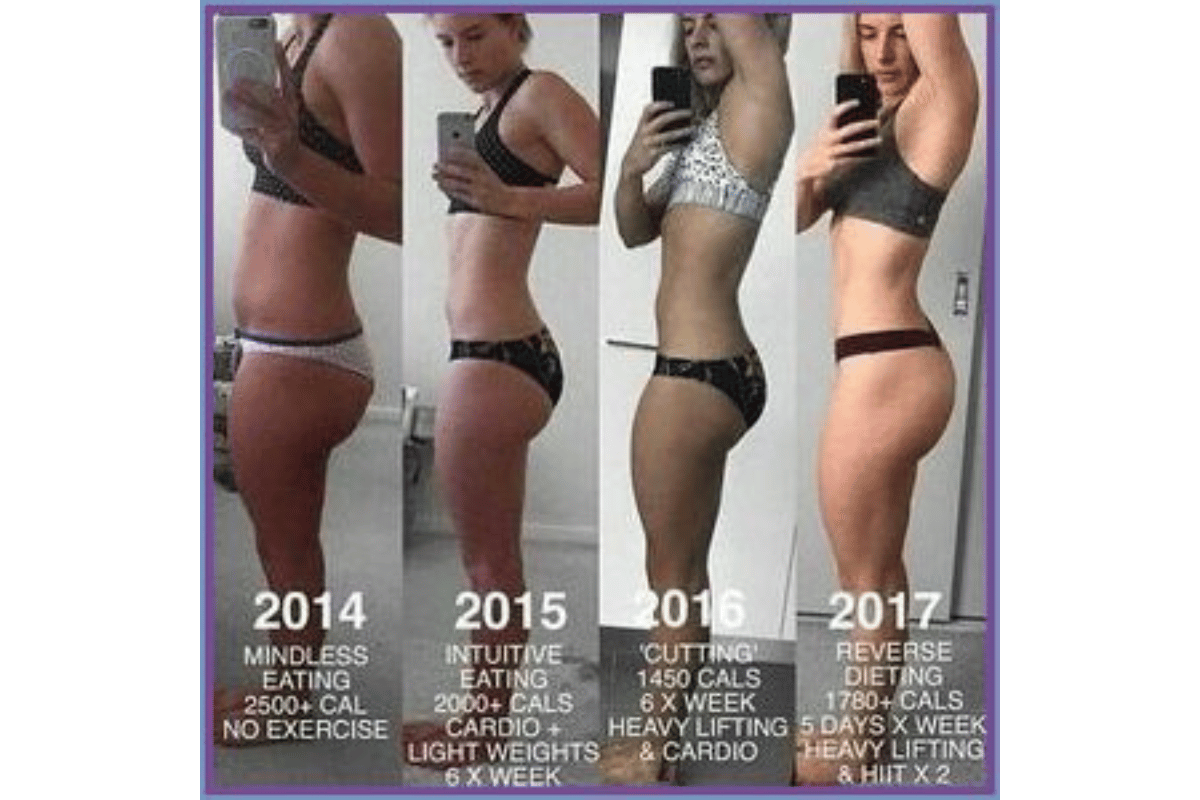Oolong tea is a delicious, refreshing way to lose weight. It’s got flavor and caffeine, which means it gives you energy without the crash that comes from drinking coffee. If you’re looking for a healthy beverage that will help you shed pounds, oolong tea is an excellent choice!
Oolong tea and its popularity in Asia and the West.
Oolong tea is a traditional Chinese tea that has gained popularity in both Asia and the West in recent years. It is a partially oxidized tea that falls somewhere between green and black tea in terms of flavor and caffeine content. Oolong tea is especially popular in China and Taiwan, where it is commonly served in tea houses and restaurants.
In the West, oolong tea has become more widely available in recent years due to its reported health benefits and unique flavor profile. Oolong tea has a floral and fruity aroma with a slightly sweet taste and a mild astringency. It is a popular alternative to coffee due to its lower caffeine content and soothing effect on the body.
One of the reasons for oolong tea’s popularity in both Asia and the West is its reputation as a weight loss aid. It is believed that oolong tea can help boost metabolism, reduce fat absorption, and increase energy expenditure, making it a popular choice for those looking to lose weight naturally. Additionally, oolong tea is packed with antioxidants, which are believed to provide numerous health.
9ee8eb.png)
Oolong Tea: A Delicious and Effective Way to Lose Weight
What is oolong tea?
Oolong tea is a type of tea that is made from the leaves of the Camellia sinensis plant. It is a partially oxidized tea, meaning that the leaves are allowed to wilt and oxidize for a period of time before they are heated to stop the oxidation process. Oolong tea falls somewhere between green tea, which is unoxidized, and black tea, which is fully oxidized.
The flavor of oolong tea can vary depending on the variety and the processing method used. Oolong tea is generally characterized by its floral and fruity aroma, its mild astringency, and its slightly sweet taste. Oolong tea is also known for its caffeine content, which is lower than that of black tea but higher than that of green tea.
Oolong tea is grown and produced in various regions around the world, including China, Taiwan, and India. Some of the most popular varieties of oolong tea include Tie Guan Yin, Da Hong Pao, and Milk Oolong. Each variety has its own unique flavor and aroma, making oolong tea a versatile and enjoyable beverage.
How does oolong tea help with weight loss?
Oolong tea is believed to aid in weight loss due to its active compounds, which have been shown to have various effects on the body’s metabolism and fat absorption. Here are some ways in which oolong tea may help with weight loss:
- Boosts Metabolism: Oolong tea contains caffeine and catechins, which are believed to boost metabolism and increase energy expenditure. This means that the body is able to burn more calories throughout the day, even at rest.
- Reduces Fat Absorption: Oolong tea has been shown to inhibit the absorption of dietary fat by up to 20%. This means that when consumed with a high-fat meal, oolong tea may help reduce the amount of fat that is absorbed by the body.
- Regulates Blood Sugar: Oolong tea has been shown to help regulate blood sugar levels by reducing insulin resistance. When blood sugar levels are stable, the body is less likely to store excess fat.
- Suppresses Appetite: Oolong tea has been shown to reduce appetite and increase feelings of fullness. This means that when consumed before a meal, oolong tea may help reduce calorie intake.
Overall, oolong tea is believed to have a positive effect on weight loss due to its ability to boost metabolism, reduce fat absorption, regulate blood sugar, and suppress appetite.
Oolong tea can be a healthy addition to your weight loss routine
Oolong tea can be a healthy addition to your weight loss routine. Oolong tea is one of the most popular teas in China and Taiwan, where it has been cultivated for more than 1,000 years. The word “oolong” means “black dragon” in Chinese; the tea leaves are rolled into balls that resemble the shape of a dragon’s scales.
Oolong is known as an antioxidant beverage because it contains polyphenols–powerful antioxidants that help protect you from free radicals (harmful molecules) in food and air pollution. It also contains catechins (flavonoids), which may help reduce cholesterol levels by preventing LDL cholesterol oxidation after being consumed with fat-rich foods like cheese pizza or ice cream sundaes!
How to incorporate oolong tea into a weight loss plan?
If you’re interested in incorporating oolong tea into your weight loss plan, here are some tips to help you get started:
- Choose high-quality oolong tea: Look for high-quality loose-leaf oolong tea that is minimally processed and free of additives. This will ensure that you get the maximum health benefits and flavor from your tea.
- Brew oolong tea correctly: To brew oolong tea, bring water to a boil and let it cool for a few minutes before adding it to the tea leaves. Steep the tea for 2-3 minutes for a light flavor and up to 5 minutes for a stronger flavor.
- Drink oolong tea throughout the day: To get the maximum weight loss benefits from oolong tea, try drinking it throughout the day rather than in one large dose. This will help keep your metabolism elevated and reduce the absorption of dietary fat.
- Replace high-calorie drinks with oolong tea: Instead of reaching for sugary sodas or high-calorie coffee drinks, try replacing them with oolong tea. This will help reduce your calorie intake and increase your hydration levels.
- Pair oolong tea with a healthy diet and exercise plan: Oolong tea should be consumed as part of a healthy diet and exercise plan in order to see significant weight loss results. Be sure to eat a diet rich in whole foods and engage in regular physical activity in addition to drinking oolong tea.
https://www.youtube.com/watch?v=v-YbL4rLdaY
Other health benefits of oolong tea
In addition to its potential weight loss benefits, oolong tea has been shown to provide several other health benefits:
- Promotes Heart Health: Oolong tea has been linked to a reduced risk of heart disease. This is thought to be due to the presence of antioxidants in the tea, which can help reduce inflammation and improve blood vessel function.
- Improves Brain Function: Oolong tea has been shown to have cognitive benefits, including improved memory and attention. This is thought to be due to the presence of caffeine and other active compounds in the tea.
- Promotes Healthy Skin: Oolong tea contains antioxidants and other compounds that may help protect the skin from damage caused by UV radiation and other environmental factors. It has also been shown to improve skin elasticity and hydration.
- Helps Manage Diabetes: Oolong tea may help regulate blood sugar levels, making it a potentially useful tool for managing diabetes.
- Boosts Immune System: Oolong tea contains antioxidants and other compounds that may help boost the immune system and protect against infections and diseases.
Conclusion
With so many benefits and delicious flavors, it’s no wonder oolong tea has become one of the most popular beverages around. If you’re looking for a new way to lose weight and improve your health, consider adding oolong tea into your daily routine!









8ae781.png)


ceab97.png)